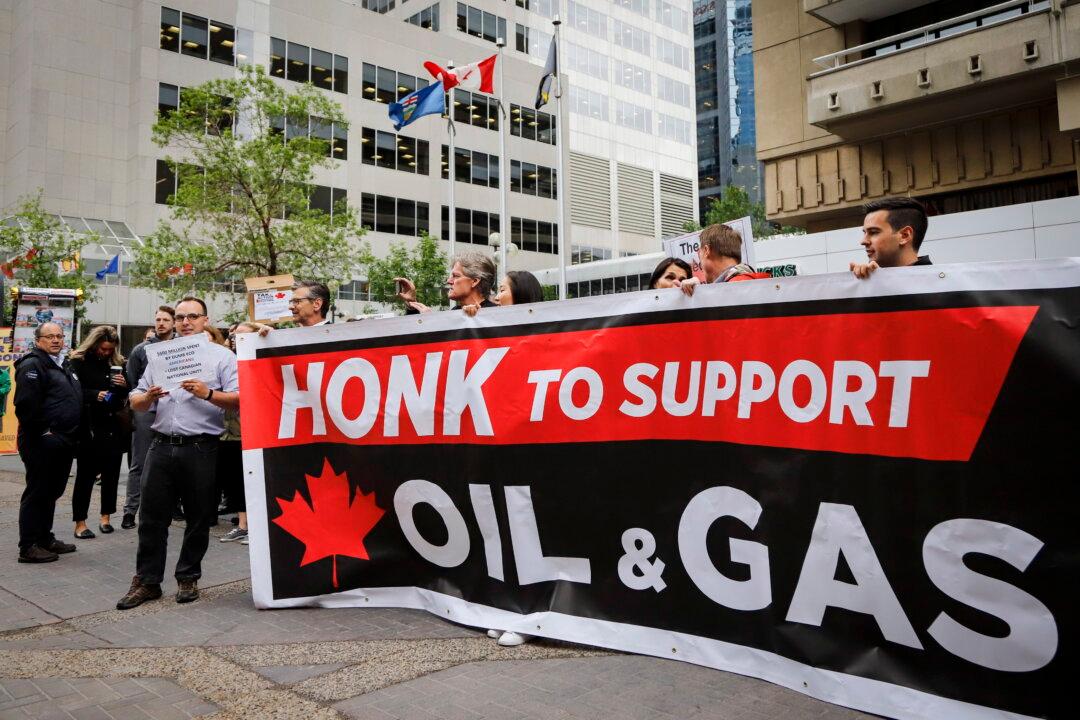News Analysis
Canada’s energy sector is taking its lumps from regulation that many doubt will ever achieve its lofty objectives. Badly needed investment is flowing to the United States instead of Canada due to a more competitive business environment.The Fraser Institute says that regulation is the main reason for Canadian provinces becoming less attractive for oil and gas investment. While federal regulation is the main concern, interprovincial trade barriers, which have largely flown under the radar, compound the problem.





